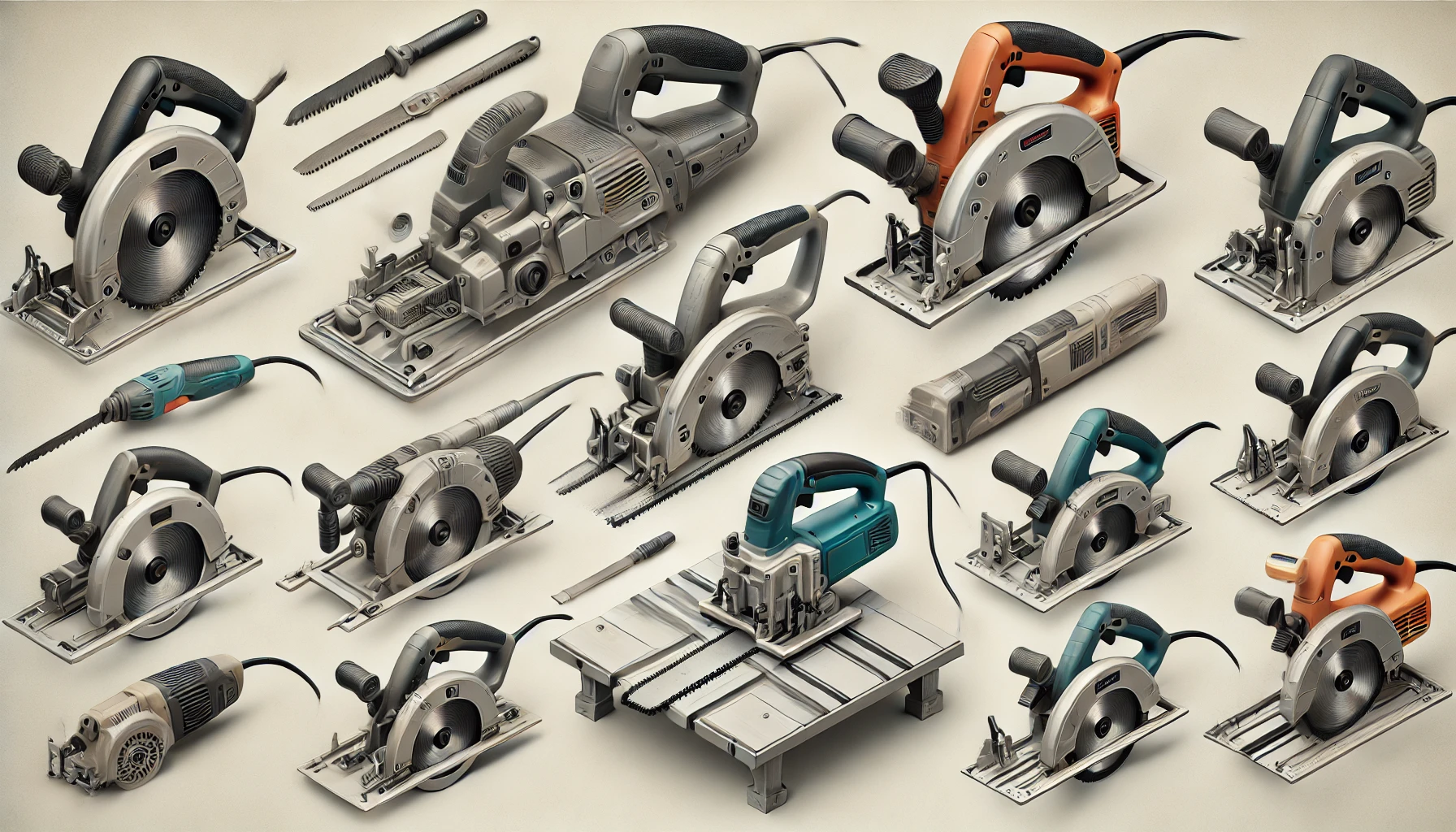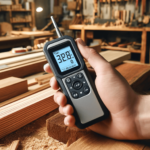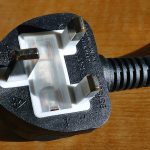
Introduction
Electric saws have become a cornerstone of any well-equipped toolbox. Their ability to tackle tough cutting tasks with both power and precision makes them an essential companion for DIY enthusiasts and professional tradespeople alike. But with a vast array of electric saws available, choosing the right one for your project can be daunting – especially in terms of precision and power. Our article equips you with the knowledge to navigate the precise-cutting and high-power electric saws for your projects.
A Brief Introduction to Electric Saws
Electric saws, also called power saws, are versatile power tools that use electricity to run a motor that spins a blade to cut through various materials. These multifunction tools can be used for a wide variety of tasks, from cutting lumber to demolition. Due to their built-in powerful motor, electric power saws are much more efficient and faster than traditional hand saws. For instance, an electric saw for wood uses a motor-driven blade to cut through various types of wood in multiple facilities.
The Significance of Power and Precision in Electric Saws
Ideally, power and precision are two fundamental factors to consider when choosing an electric saw. These crucial aspects impact the performance of power saws and user experience. Power determines how tough of materials the saw can cut through and how quickly it can make cuts. Precision, on the other hand, guarantees clean, accurate cuts, which is crucial for tasks like fine carpentry or installing cabinets. In short, a balance of power and precision in electric saws not only improves productivity but also enhances safety, minimising the risk of errors and accidents.
Cordless vs. Corded Saws: An Insight to Their Key Differences
Cordless saws provide unparalleled convenience and portability, freeing users from the tether of a power outlet and making them ideal for work in remote or confined spaces. They rely on rechargeable batteries, which have improved significantly in terms of longevity and power output yet may still require regular charging, especially during extensive use.
In contrast, corded or electric saws offer a consistent power supply and generally higher torque. They are better for prolonged and heavy-duty cutting tasks without the worry of running out of battery. Choosing between a cordless or corded saw largely depends on the specific needs of the particular task at hand, including mobility, power needs, and the duration of use.
Exploring the Vast Family of Electric Saws Based on Robust Power and Precision
Electric saws come in various shapes and sizes, and there is a trade-off between raw power and cutting precision. Here’s a rundown of some popular electric saws categorised based on this principle:
Electric Saws Based on High Power
Chainsaw: The undisputed king of power sawing – chainsaws use a continuous rotating chain with sharp teeth to rip through wood, concrete, and even metal (with specific blades). These saws are designed to tackle tough materials and thick cuts, prioritising brute force over intricate detailing. A chainsaw is ideal for heavy-duty tasks like tree removal, demolition, and cutting thick logs.
Chop Saw (Cut-Off Saw): A chop saw is a beefed-up version of a circular saw mounted on a stand for stability. It is built for precision cuts on hefty materials like lumber, steel pipes, and concrete blocks.
Reciprocating Saw: A reciprocating saw, also called a recip saw, uses a back-and-forth motion to cut through a variety of materials. It is excellent for rough cuts, demolition, and cutting through tough materials like pipes or nails.
Electric Saws Balancing Power and Precision
Circular Saw: A circular saw is a versatile cutting tool with a circular blade that can used for ripping long cuts or set at an angle for bevel cuts in carpentry projects. You can also get plunge saws, which allow you to start your cut in the middle of the material.
Miter Saw (Compound Miter Saw): A miter saw is a stationary saw with a rotating blade that excels at making precise angled cuts (miter cuts) and bevel cuts on wood trim, crown moulding, and cabinetry.
Table Saw: Table saws offer a good balance between cutting power and precision cuts and are known as a workhorse of any woodshop. However, they provide a flat platform to feed lumber through a rotating blade for rip cuts, crosscuts, and even dadoes (grooves) with the right blade.
Electric Saws Offering High Precision
Jig Saw: A jig saw is a handheld saw with a reciprocating blade that allows intricate cuts and curved lines on wood, metal, and plastic.
Scroll Saw: A scroll saw is a stationary saw with a thin, vertical blade perfect for crafting highly detailed and delicate shapes in wood or plastic. While not the strongest saws, these tools prioritise clean and controlled cuts for detailed work.
Exploring the Professional Uses of Electric Saws
In professional settings, high-power and precision electric saws are essential tools. Construction workers, carpenters, and metalworkers rely on them for tasks that demand robust accuracy and efficiency. Miter and table saws are perfect for framing and finishing work, while reciprocating saws are best for demolition. Additionally, an electric hacksaw, also called a power hacksaw, can cut through various materials, including metal, plastic, and wood, making it a favourite professional tool.
Final Thoughts
Electric saws are invaluable tools that make woodworking and construction projects easier and more efficient. Whether you’re a professional contractor or a home DIY enthusiast, there’s an electric saw that fits your needs based on power and precision depending on your specific needs. If you need raw power for tough cuts, a chainsaw or recip saw is the way to go. If you need a balance of power and precision, a circular saw or miter saw might be a better option. And for detailed, intricate cuts, a jigsaw or scroll saw is the best choice.





















